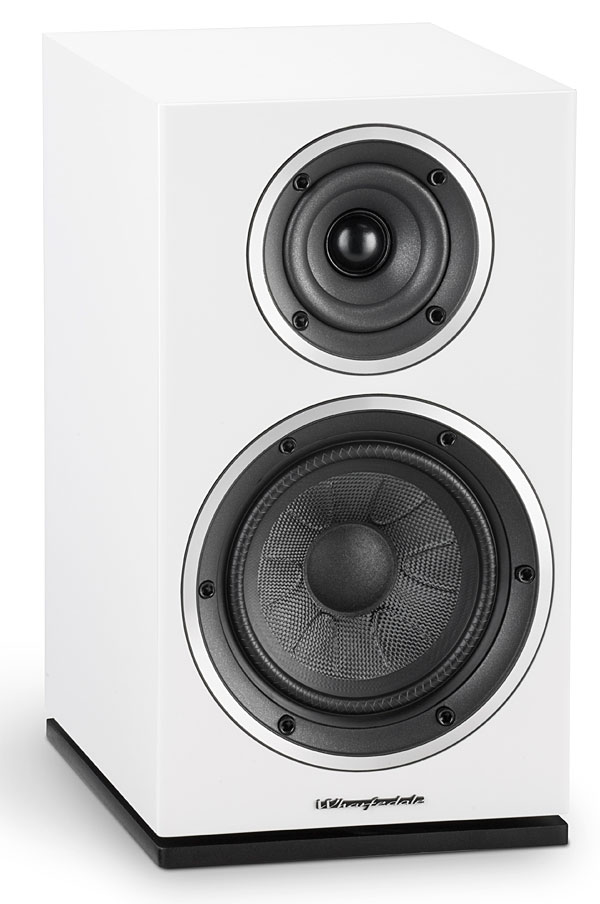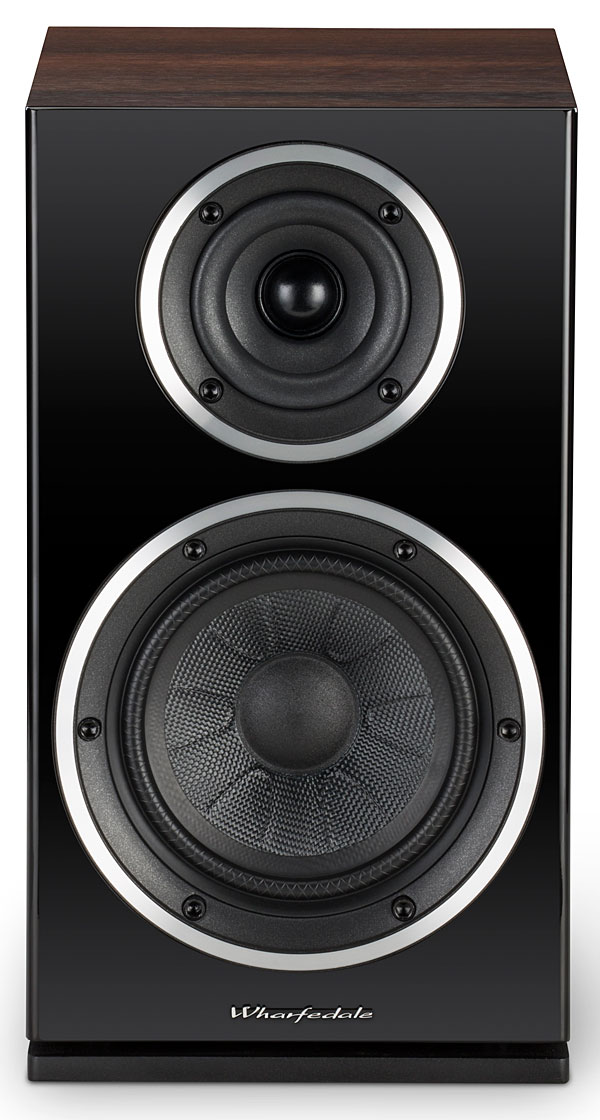| Columns Retired Columns & Blogs |
I recently bought a pair of Diamond 225's hoping to enjoy some trickle down performance from the Wharfedale Jade 3's....
http://www.stereophile.com/content/wharfedale-jade-3-loudspeaker#iFijTRLaTGgGLhb4.97
I was thoroughly impressed with every aspect of their performance and the perceived bass extension was unbelievable!
The knuckle wrap test seemed to indicate a very solid cabinet.
They seem like a great deal to me!














































